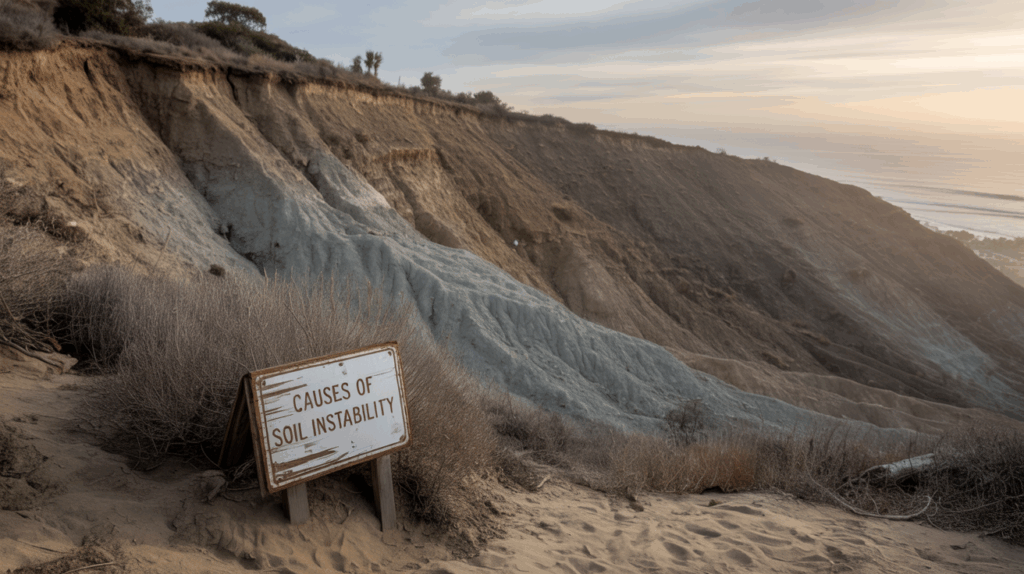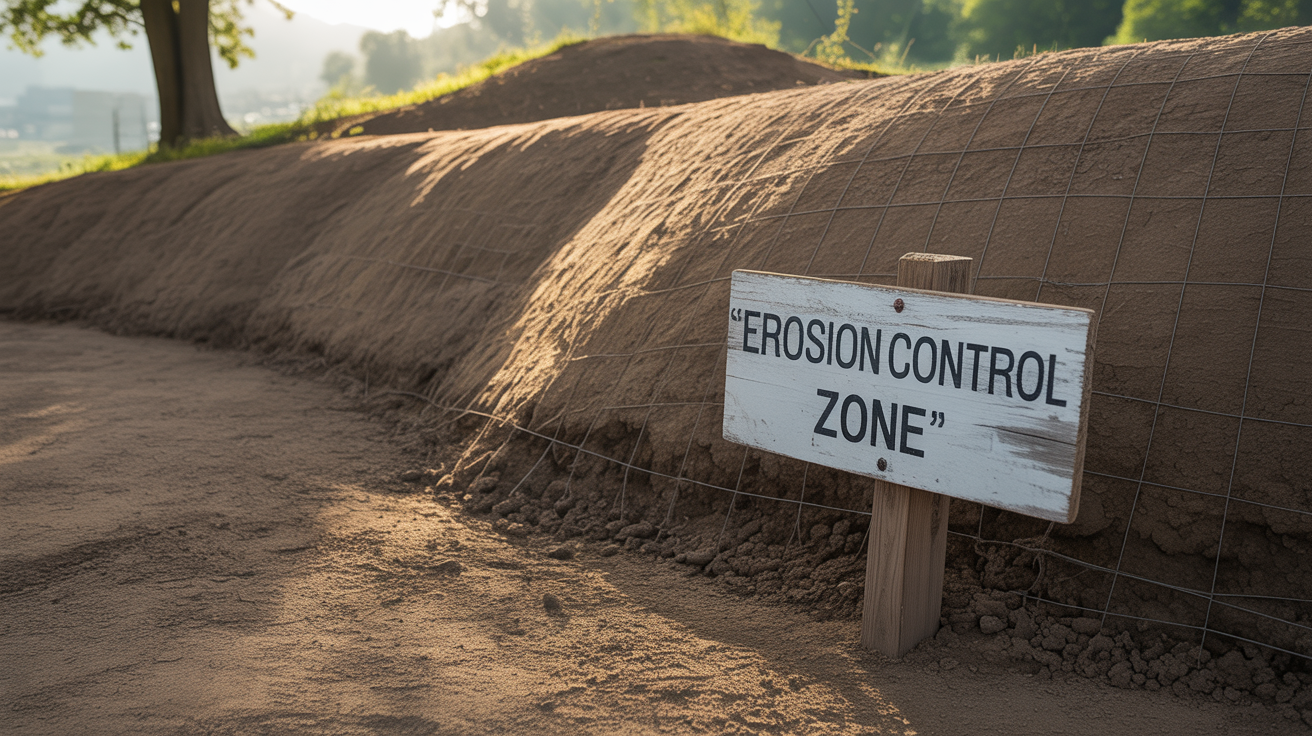Soil stabilization is a critical process for ensuring the long-term stability and safety of your home or structure. In San Diego, where soil types can vary from sandy coastal soils to expansive clay, stabilizing the ground before or after construction can prevent costly damage. By improving the strength, density, and load-bearing capacity of the soil, you can protect your property from shifting, settling, and erosion that threaten its foundation.
Why Soil Stabilization Matters
The foundation of any building is only as strong as the soil beneath it. If the ground is unstable, the structure above will eventually show signs of stress—cracks in walls, uneven floors, sticking doors and windows, and even structural failure. Soil stabilization addresses these issues at their source, strengthening the ground to support your home for decades to come.
In San Diego, soil instability can be caused by expansive clay that swells when wet and shrinks when dry, loose sandy soils that shift over time, or areas prone to erosion from seasonal rains. Professional soil stabilization ensures a solid, reliable base for new construction and can also restore stability to existing structures experiencing foundation issues.
Common Signs of Unstable Soil
If your home is built on unstable soil, you may notice these warning signs:
- Foundation cracks – Vertical or diagonal cracks in walls or the foundation slab.
- Uneven or sloping floors – Caused by settlement in certain areas of the foundation.
- Doors and windows that stick – Often due to shifting frames from soil movement.
- Gaps around windows or doors – Indicating structural movement.
- Drainage problems – Persistent pooling water near the foundation.
- Retaining wall movement – Bulging or leaning walls from soil pressure.
These symptoms suggest that the ground beneath your property may need reinforcement to prevent further structural damage.
Causes of Soil Instability in San Diego

Several factors contribute to soil instability in our region, including:
- Expansive clay soils – Absorb water and expand, then shrink when dry, causing ground movement.
- Poor compaction during construction – Leads to settling over time.
- Excessive moisture – From poor drainage, heavy rains, or irrigation leaks.
- Erosion – Caused by runoff or slope failure.
- Seismic activity – Can disturb loose or poorly compacted soil.
Soil Stabilization Methods
There are several techniques used to improve soil strength and stability, depending on the soil type and structural needs:
- Chemical stabilization – Adding materials like lime, cement, or other binders to change the soil’s physical properties and increase strength.
- Mechanical compaction – Using heavy equipment to compress the soil and eliminate air pockets.
- Grouting – Injecting stabilizing material into the soil to fill voids and bind particles together.
- Drainage improvements – Preventing excess moisture that can weaken the soil.
- Geotextiles and reinforcements – Using fabrics or grids to reinforce soil in slope or retaining wall applications.
Benefits of Soil Stabilization
Investing in soil stabilization provides both immediate and long-term benefits, including:
- Increased load-bearing capacity for new construction.
- Reduced settlement and movement over time.
- Prevention of erosion and water-related soil degradation.
- Extended lifespan of foundations and other structures.
- Lower long-term maintenance and repair costs.
Soil Stabilization for New Construction vs. Existing Homes
For new construction, soil stabilization ensures a solid foundation from the start, reducing the risk of future settlement. It’s especially important for properties built on sloped terrain, coastal soil, or expansive clay.
For existing homes, stabilization can be part of a foundation repair strategy. By strengthening the soil, you can stop ongoing movement and prevent new damage, protecting your investment and restoring your home’s stability.
Unlimited Drilling’s Soil Stabilization Process
At Unlimited Drilling, our soil stabilization process is tailored to your property’s specific soil conditions and structural needs:
- Comprehensive inspection – We assess the property for signs of movement, drainage issues, and soil type.
- Soil testing – Determines the composition, moisture content, and stability of the ground.
- Customized solution – Based on the inspection and test results, we recommend the most effective stabilization method.
- Professional implementation – Using proven techniques and equipment to ensure lasting results.
- Post-project evaluation – Confirming soil stability and structural safety.
Protecting Your Property with Soil Stabilization
Unstable soil is a hidden threat that can lead to major structural damage if not addressed promptly. Whether you’re preparing a site for new construction or addressing settlement in an existing home, soil stabilization is one of the most effective ways to secure your property’s future.
Contact us today to schedule a soil inspection and learn how professional soil stabilization can strengthen the ground beneath your home and protect your investment for years to come.

